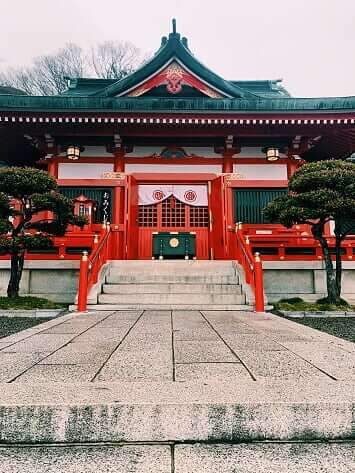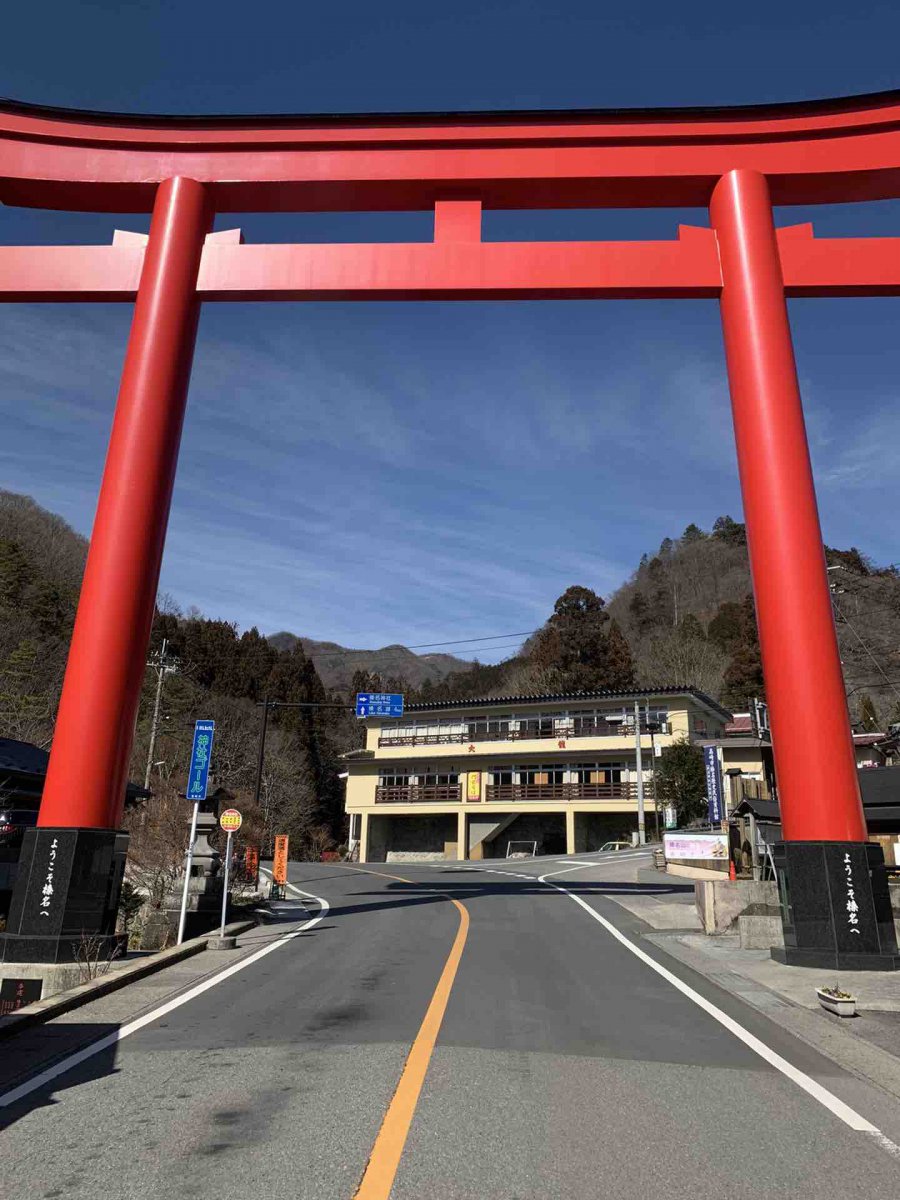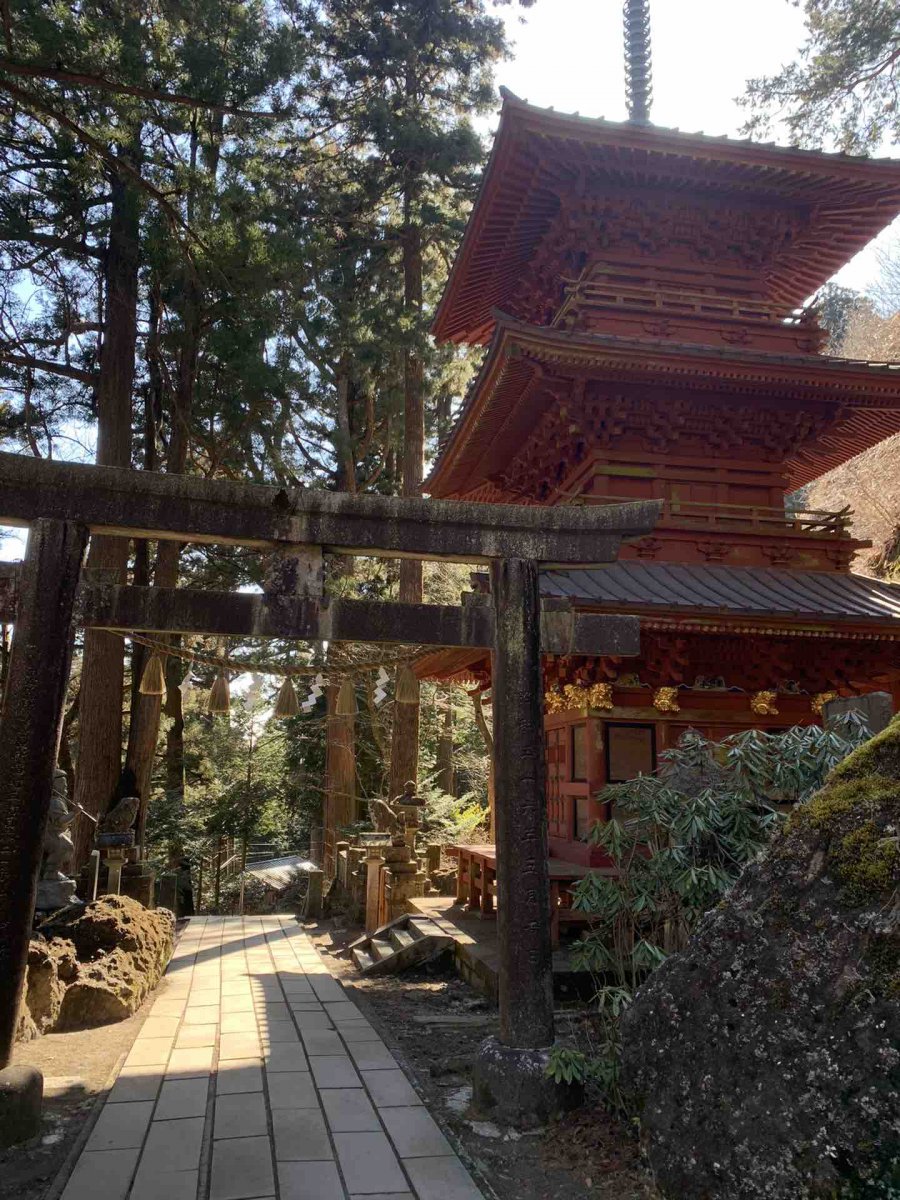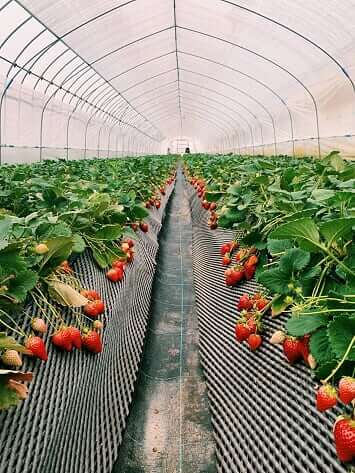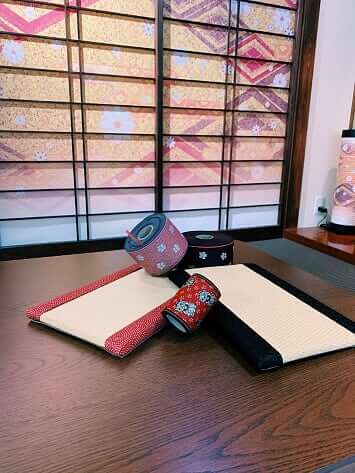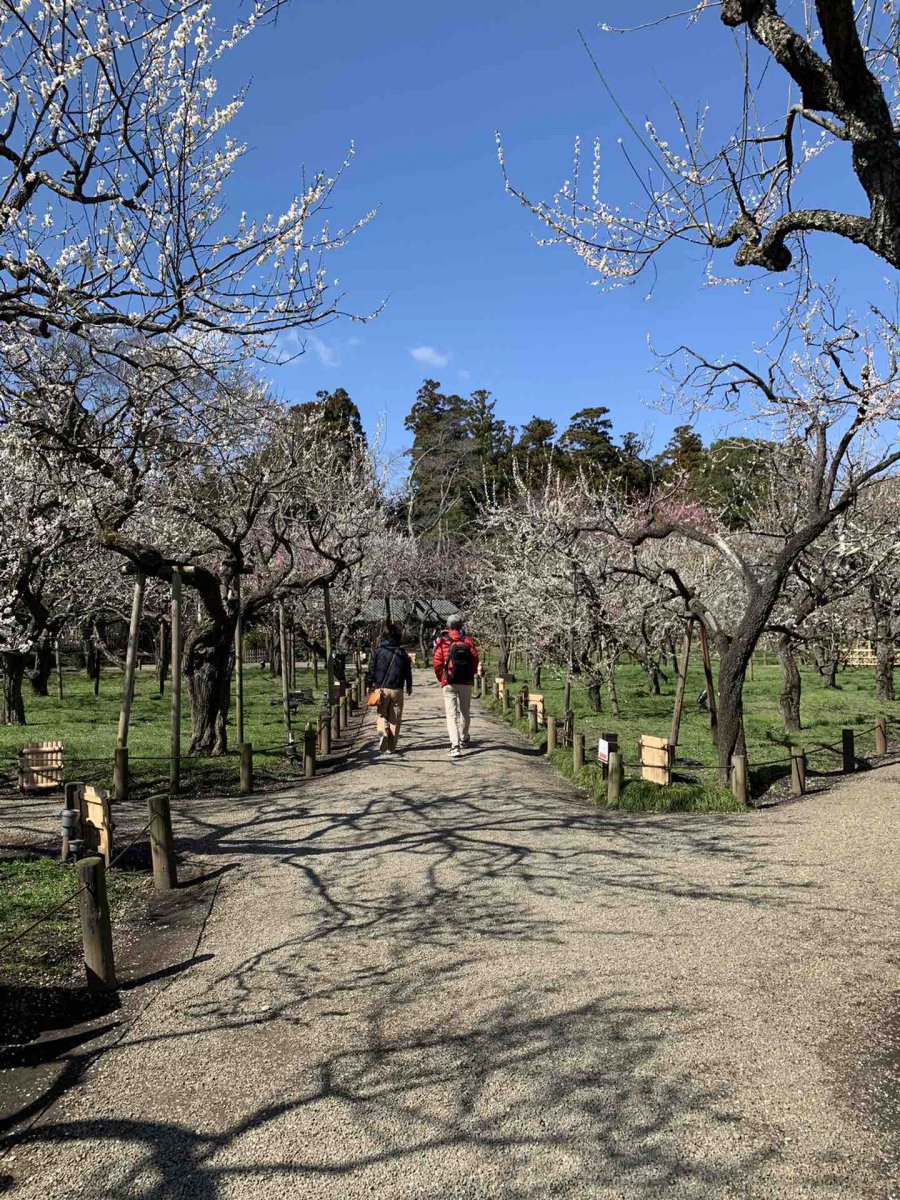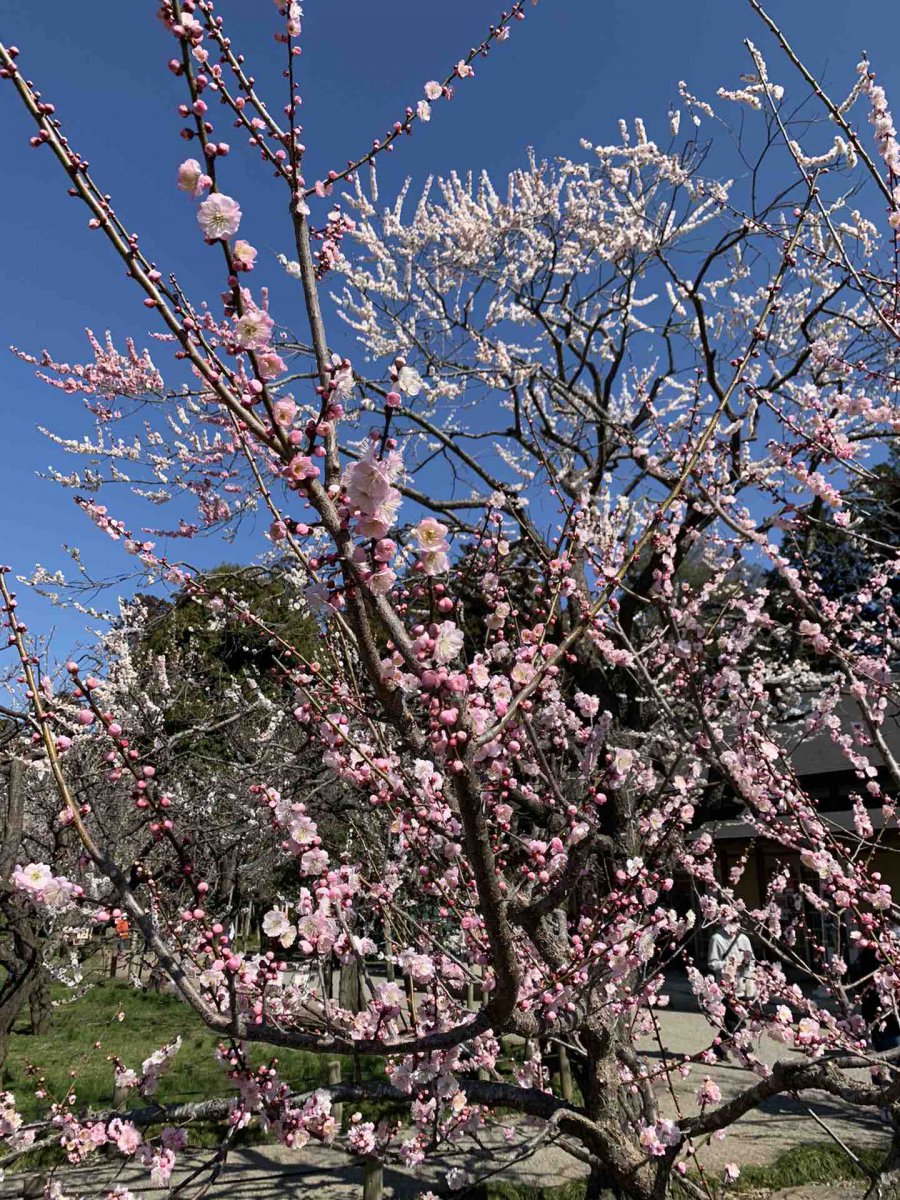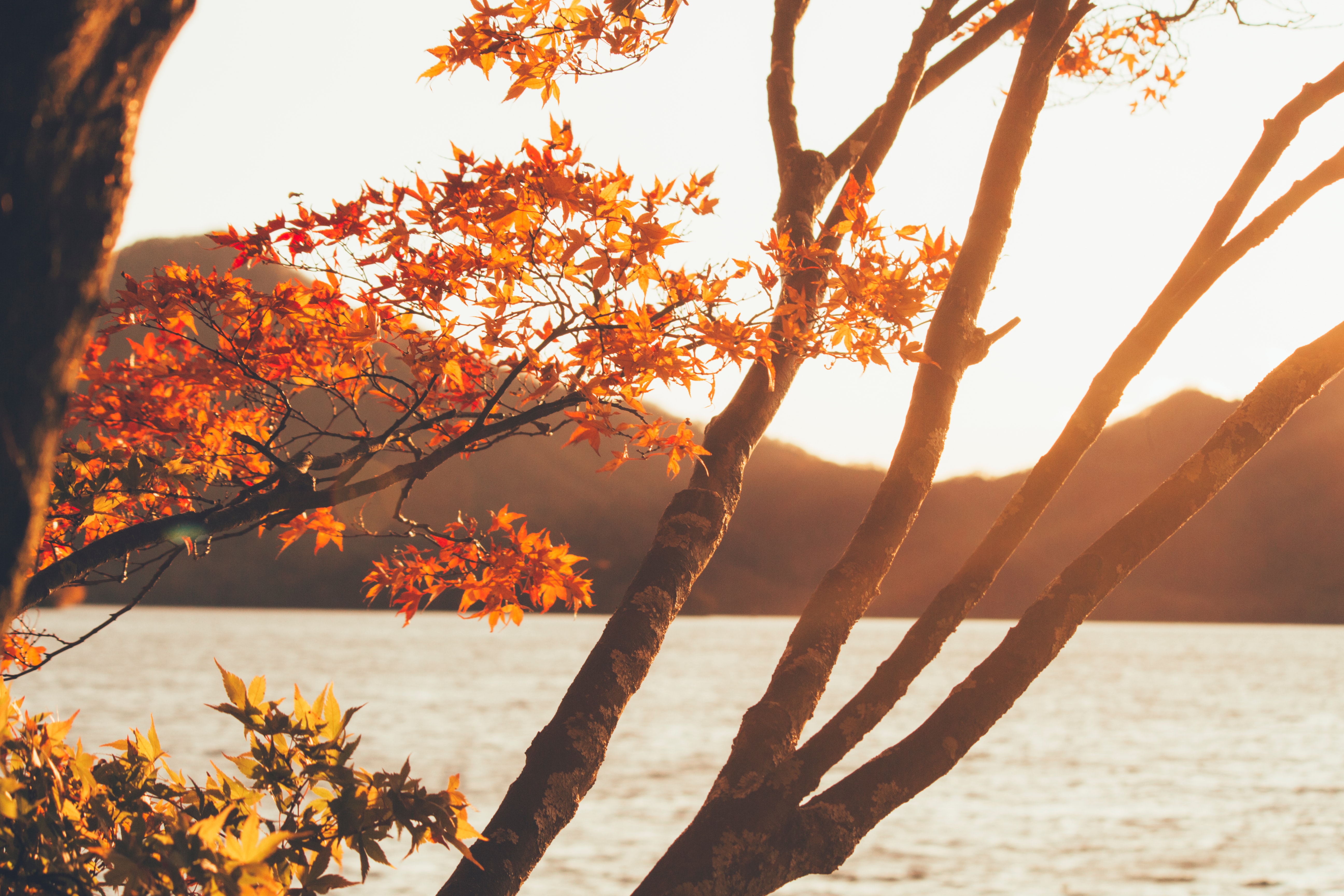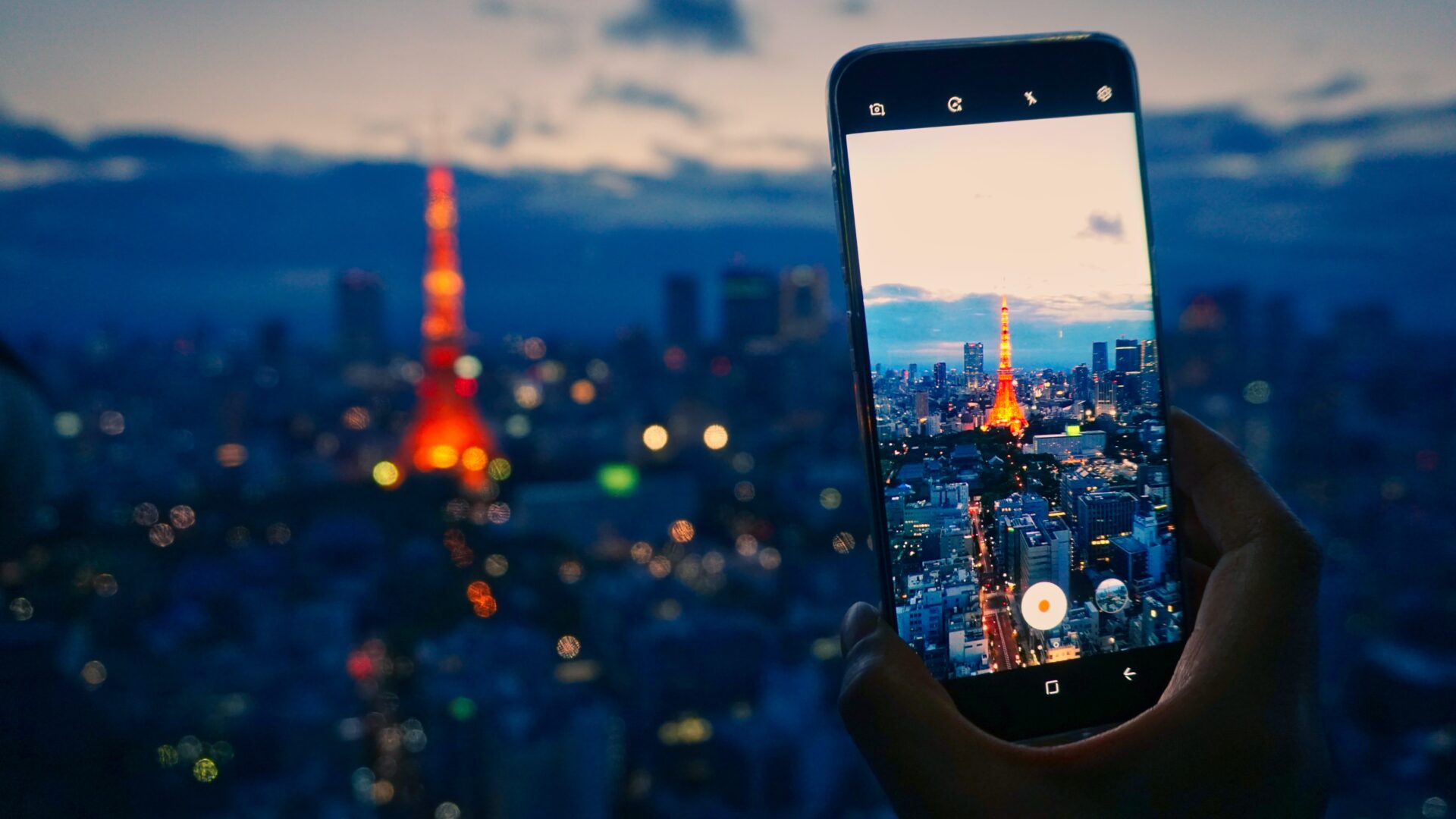In 2020, Japan Wonder Travel was given a project by the Ministry of Economy, Trade and Industry (METI) to promote 14 selected prefectures that have been affected by typhoons. We offered 20 internationals living in Japan, the opportunity to travel to several destinations and share their experiences while travelling and also after.
Jamie – Kanto region
My name is Jamie and I am currently a British exchange student at the Tokyo University of Foreign Studies. During my trip I was offered the opportunity to travel in Gunma, Tochigi and Ibaraki prefectures. Having lived in Tokyo for several months now I was excited at the opportunity to travel outside of Tokyo and experience a more rural Japan than that what I have been used to in Tokyo. I was also excited to try the local food in each of the respective prefectures.
Day 1: Tokyo – Gunma
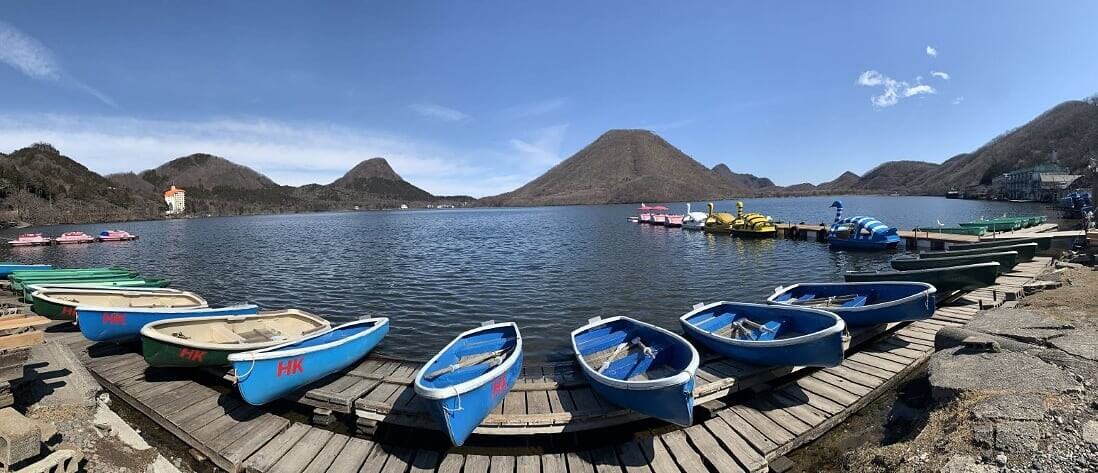
I set from Tokyo station on the 8:52AM shinkansen which took me to Takasaki station. The shinkansen was a smooth and enjoyable ride with good toilet, charging and Wi-Fi facilities on board. From Takasaki, I took a local bus which dropped me off at Lake Haruna. The bus drops you off at a beautiful open lake which lies in the summit of the perfectly shaped Mount Haruna. The lake is perfectly clear and blue which you can hire a boat and go on. A pedal-boat for two people is only ¥1,500 for 30 minutes. Surrounding the lake there are numerous cafes and local restaurants selling local udon and soba. I was lucky to enjoy a delicious wakasagi set meal which are small fish caught from the lake (so fresh and local!). The restaurant overlooked the lake and was the perfect accompaniment to my meal. After this, I caught the bus to Haruna Shrine, which has been one of the best shrines I have been to so far in Japan. The shrine is nestled away in the mountains so if you enjoy walking in the hills and nature then this shrine is perfect for you. I would recommend Haruna Shrine to anyone in the area as the views and tranquillity was an amazing experience.
From the shrine I was able to get the bus to Ikaho, Gunma. As you descend the mountain on the bus you can experience the most breathtaking views of the snow-topped mountain line in the distance. This was truly one of the most amazing views I have seen in Japan so far. Ikaho itself was a lively and great atmosphere to it. Ikaho is situated on a natural spring so the town and hotels are filled with traditional Japanese hot springs (onsen) which are the perfect way to relax after a day of travelling. It is thought that because onsen are heated geothermally that the water contains natural minerals that are good for you.
Day 2: Tochigi
I departed Ikaho at 9AM and headed for Sano, Tochigi using a local bus and train. At Sano I was able to enjoy the local ramen. It was unique to previous ramen I have had before and was light, but perfectly balanced with flavour. The street in front of Sano station is lined with ramen shops serving this delicious dish. From Sano station, I took a short ten-minute taxi ride to Sano Sightseeing Farm Aguri Town. The price depends on the season, but for a small fee you can eat as many strawberries as you want in thirty minutes! The strawberries grow to large size and have a beautifully delicate sweetness to them. The farm was adversely affected by Typhoon 19 however they have worked hard to grow the most amazing strawberries! It’s best to reserve a space in advance as it can get quite busy.
Sano Sightseeing Farm Aguri Town (Japanese)
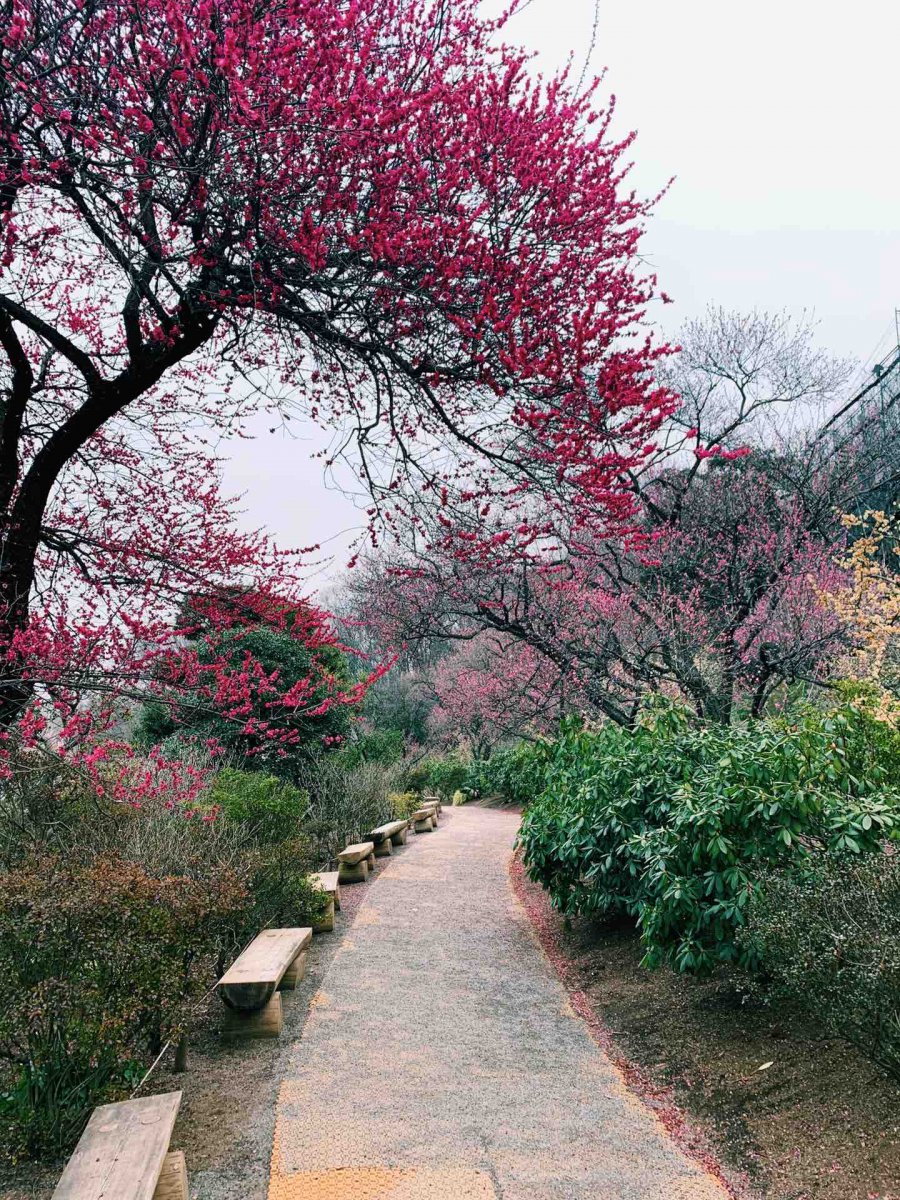
On my way to Ashikaga, where I was staying for the night I stopped by Ashikaga Flower Park. It has its own dedicated train station which makes it extremely convenient to get to. The park is famous for its Wisteria displays. It hosts a ‘Great Wisteria Festival’ when they are in bloom from mid-April to mid-May. The price differs on the season due to it being such a popular destination!
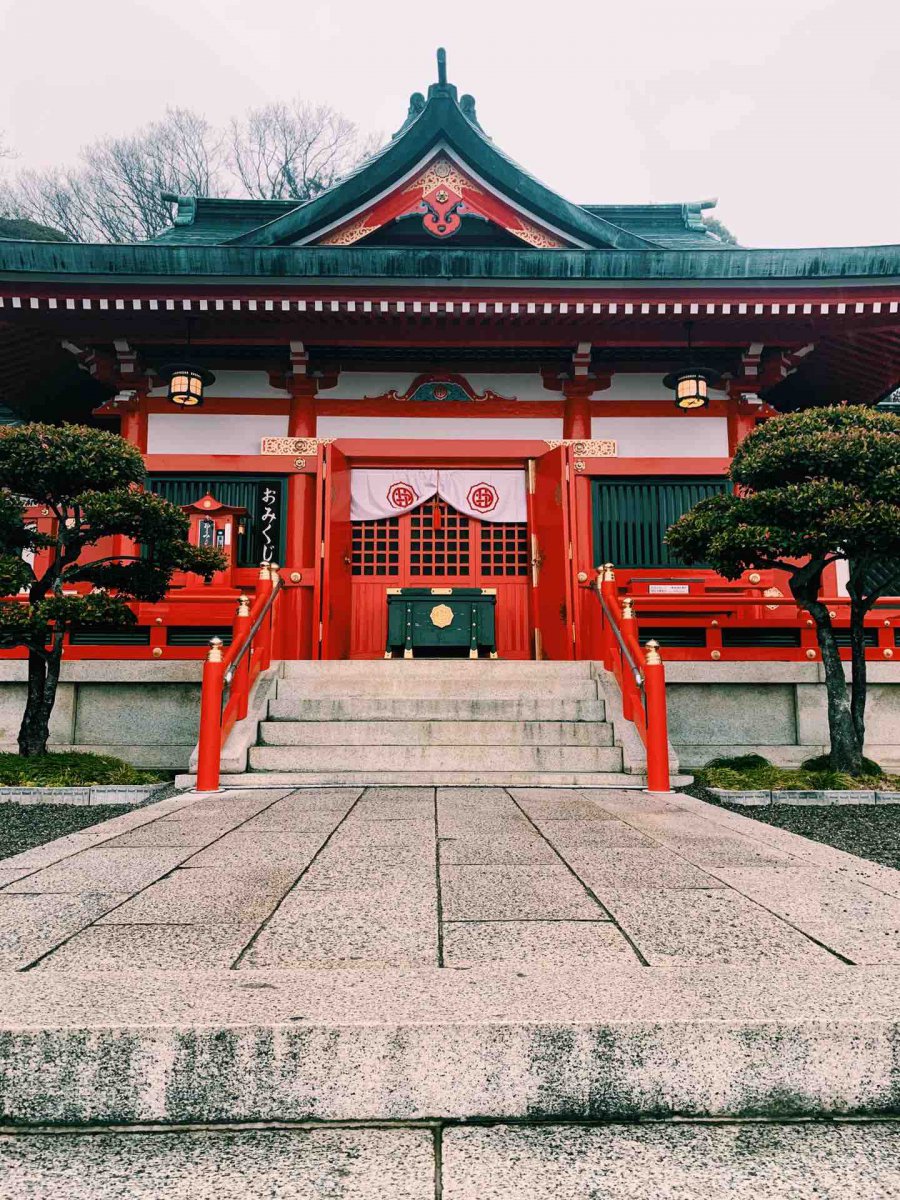
After stopping by Ashikaga Flower Park I made it to Ashikaga where I was staying for the night. In Ashikaga, there are two major shrines and temples to visit. Bannaji Temple is close to the station and offers a modest temple to visit. I would definitely recommend making it to Orihime Shine. The beautiful red shrine also offers a view over the city. You can walk up to the shrine through multicoloured Tori-gates or climb using the beautifully painted red steps.
Day 3: Ibaraki
I left Ashikaga at 9AM for Akatsuka, Ibaraki via train which was very convenient and comfortable. In Akatsuka, I went to a Tatami making store to make some tatami. It was a unique experience which I enjoyed a lot. The staff were very friendly and even showed me the factory area where they make tatami on a large scale for customer orders. It only cost me ¥500 to make a tatami mat for me to take home to use! Speaking to the shop staff, they said it is becoming an increasingly popular activity for both Japanese and international tourists to the area.
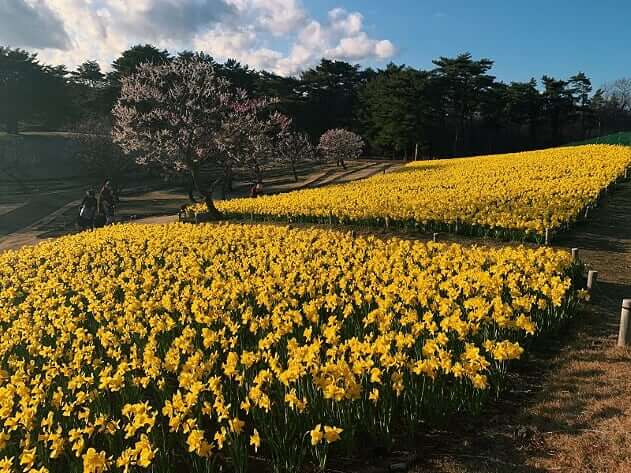
I left Akatsuka for Hitachi Seaside Park which cost only ¥450 to enter. There is a direct bus to the park from Katsuta station which makes it easy and convenient to get to. The park is huge and has different sections for different blooms of the year but the best time of year to visit is April and May. At this time of year only daffodils were in blossom but they were over a million of them and it was like a sea of yellow. Just like Japan, in Britain daffodils bloom in early spring so it was beautiful to see and enjoy the spring feeling.
Day 4: Ibaraki
On my final day of my tour of the Kanto region I was lucky to be able to explore Mito, which is the capital city of Ibaraki prefecture. In the morning I went to Kairakuen Garden which is only a short bus ride or an half an hour walk from the main station. The park is regarded among the three best landscape gardens in Japan. The garden features over 3,000 plum trees which were all in full bloom. I was in awe at the never ending rows of blossoming plum trees. During the peak of the plum festival, some trains stop at a temporary Kairakuen Station which makes getting to the park even easier! During the festival there is also lots of vendors and street food stalls so you can enjoy the local food. It was a cold morning and my favourite thing to do drink to warm me up is amazake.
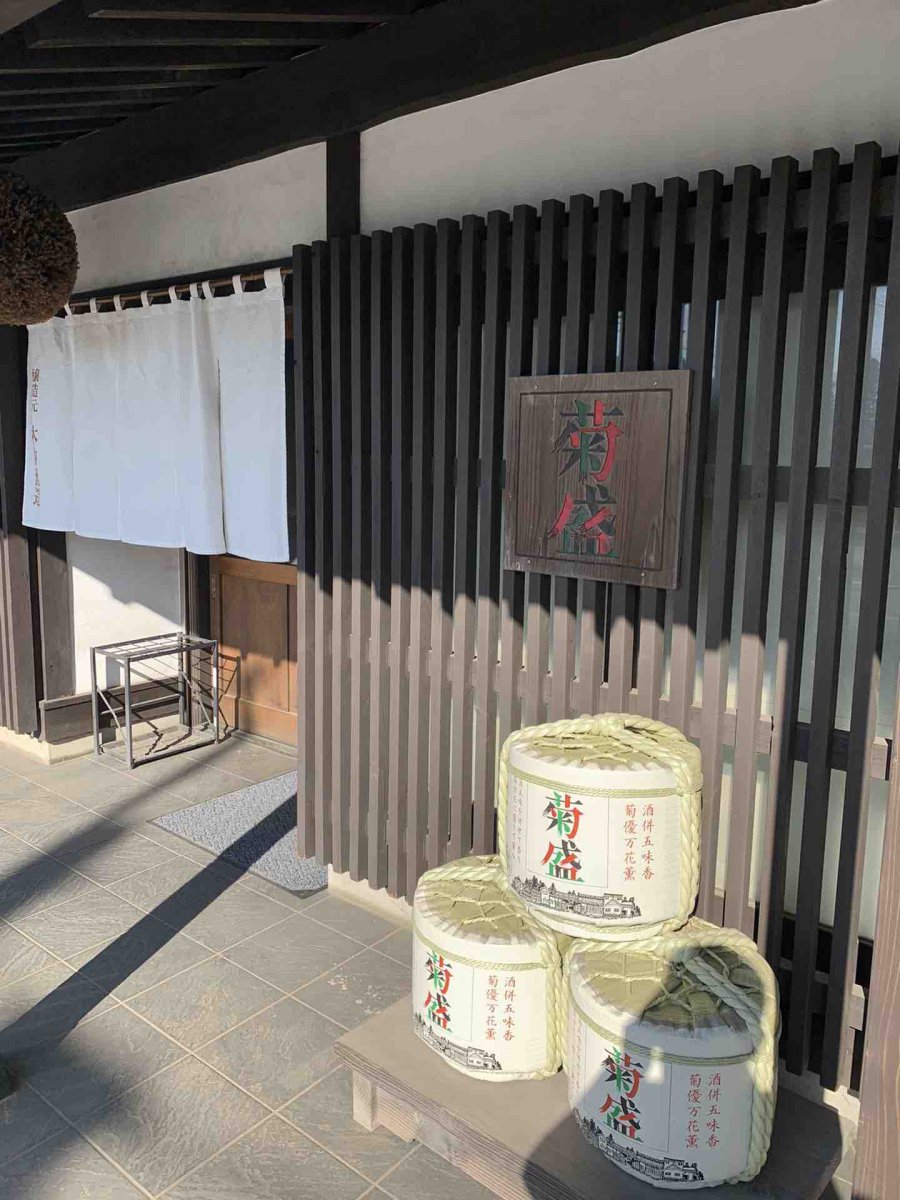
After enjoying the Plum festival I went to a Kiuchi brewery which is a local brewery in Ibaraki. They specialise in making beer, sake, sochu and ume wine. The brewery is located in a small town but there is a direct train there and it is close to the station. The staff were very friendly and gave me a tour in English about the production of the various types of alcohol they produce. If you book in advance you can have the opportunity to make your own beer and have it sent to you in Japan once its finished brewing! There is a tasting area where you can enjoy samples of the various beers and sake that they produce. In the brewery there is also a small restaurant where they produce soba and other local dishes that pair perfectly with the various drinks they produce.
From the brewery it was a short train journey back to Mito station where I was able to board a Limited Express train to Tokyo. The journey was very comfortable and easy to do. I would encourage anyone to take a short trip out from Tokyo to visit as its so easy to get to!
Hotels he stayed during the trip
- Kindayu (Gunma)
- Hotel Route-Inn Ashikaga Ekimae (Tochigi)
- Dormy Inn Mito (Ibaraki)

We were very excited to work with Jamie-san, and all the other guests for this project, and will continue to do our best to promote the less known destinations as much as we can. Keep an eye on our Facebook and Instagram to find another project with us.
And of course, if you need any help to find hidden gems in Japan, Japan Wonder Travel will happily help you out.
Happy travelling!
